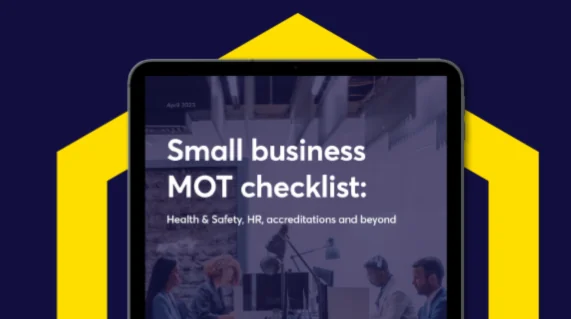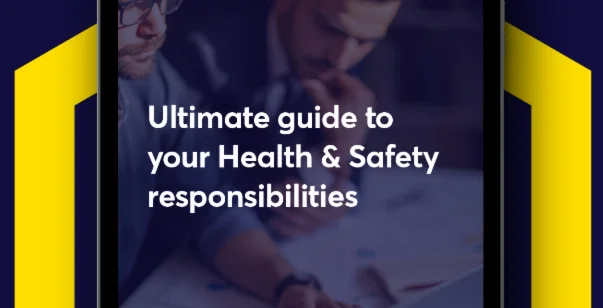Confined Space Risk Assessment
Not only does a confined space lack oxygen but it might contain hazardous substances that could be life-threatening. For example, carbon monoxide is naturally generated from wood pellets and therefore could be extremely dangerous in a confined space with a lack of oxygen.
As an employer, you have a legal responsibility under the Confined Spaces Regulations 1997 and the Health and Safety at Work Act 1974 to make sure you implement the correct measures to ensure the safety of your employees at work. This means you should carry out a suitable and sufficient assessment of the risks for work in confined spaces, this means identifying the hazards present, assessing the risks and determining what precautions to take.
To help assess the risks with confined spaces in your workplace along with how to control them, our IOSH and NEBOSH qualified Health & Safety specialists have put together a FREE Confined Space Risk Assessment for you to download and apply to your business.
To download your confined space risk assessment template, simply fill out your details in the form opposite.
Need Extra Support?
We understand that managing your HR and Health & Safety measures can often feel overwhelming, but it doesn’t have to be. As a compliance provider, we specialise in supporting businesses across all industries with their responsibilities and we can help you with yours – so your employees stay safe at work and your business stays compliant. To speak to one of our experts, you can call us on 0114 244 4461 or you can request a callback and we’ll be in touch at a time that suits you.





